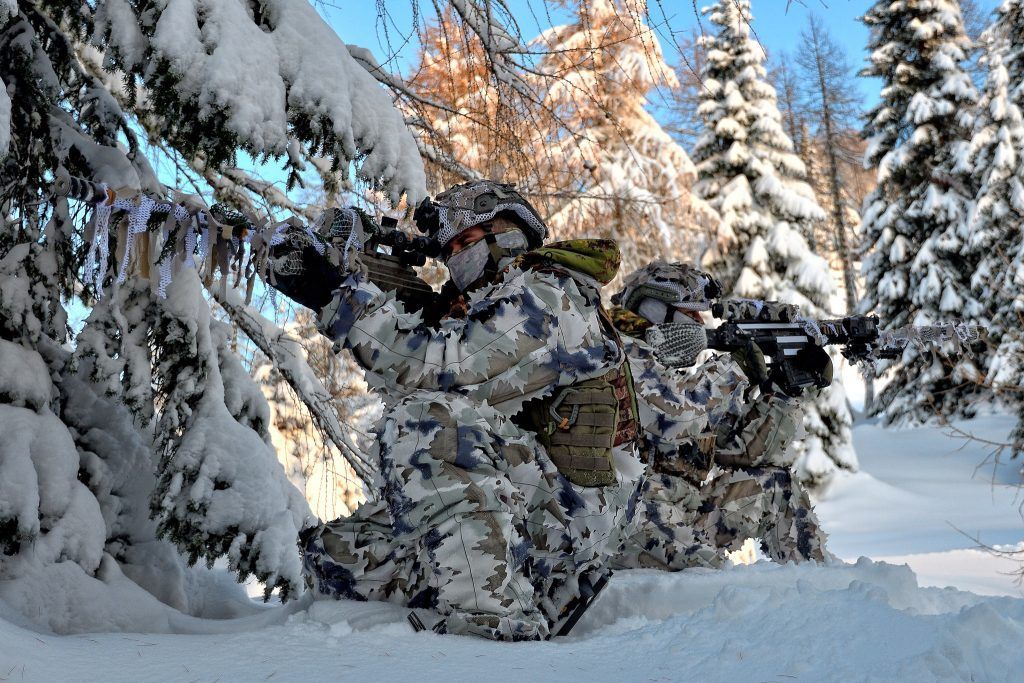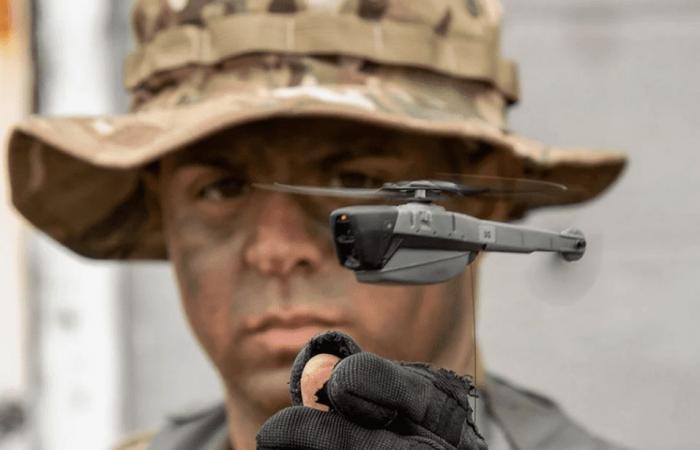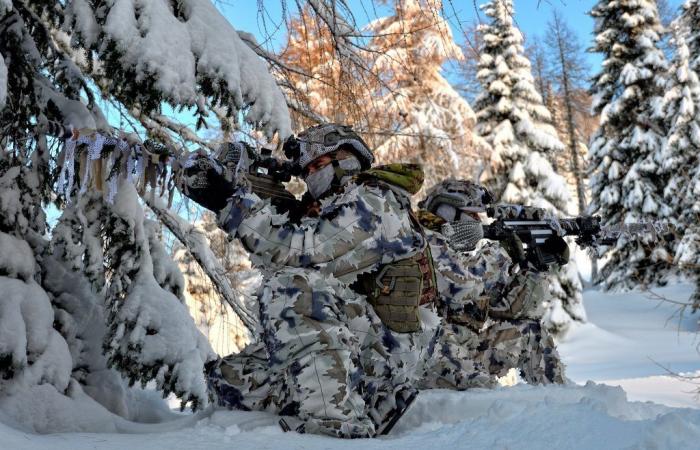Biomimicry, which combines the words “organic”, living, and “mimicry”, imitating, is a process which draws inspiration from nature to imitate it. For researchers, it is about observing biological systems and analyzing their strengths in order to transpose them into the field of technological innovations. In Canada, in the defense sector, biomimicry is an inexhaustible source of opportunities.
How do biological systems optimize their shape, their use of energy and matter to protect themselves and to transmit information? These questions form the basis of work for researchers from a large number of specialized companies, research centers and industries.
“Biomimicry affects all sectors of activity, such as the chemical industry, architecture, construction, cosmetics. Biomimicry is a tool that helps find solutions. Engineers and designers are inspired by it” – Moana Lebel, founder and director of the Montreal Biomimicry Institute
New technologies, led by artificial intelligence, are no exception to this rule; neither does the Defense sector.
BIOMIMICISM, ARTIFICIAL INTELLIGENCE AND DEEP LEARNING
The « super soldier » has left the domain of science fiction to become definitively part of the reality of war. Augmented soldier, stronger, faster, resistant to shocks, invisible, with increased physical and cognitive capacities, the armies of the great powers have long sought to perfect their fighters. In this context, new technologies are opening up the field of possibilities.
This is particularly the case for artificial intelligence. Researchers are very interested in it, both as a tool promoting biomimicry, but also as a “subject” for applying this innovation process.
By replicating complex biological systems that can be found in nature, AI, big data et the machine learning will enable a better understanding of cyclical patterns in flora and fauna, as well as the organic functionalities of intelligence itself.
Already, like the large American group specializing in aeronautics and defense, Northrop Grumman, certain manufacturers are using AI and mass data to analyze the flight of large birds of prey and compare their characteristics to those of industrial gliders.
But researchers are trying to go a step further by imitating insects to design the structure of AI itself. The famous American DARPA, Defense Advanced Research Project Agency, launched the project Microscale Biomimetic Robust Artificial Intelligence Network (μBRAIN). The objective: to take inspiration from insects to optimize AI performance while reducing its energy consumption.
The US army’s miniaturized drone Black Hornet is directly inspired by insects. ©FLIR
TO WITHSTAND SHOCKS AND BLEND INTO NATURE
Nature, in its infinite richness, also offers multiple possibilities for the design of very resistant materials, capable of withstanding violent shocks or external attacks. This is particularly the case for special coatings on ship hulls which prevent the colonization of marine species. The American Navy already uses these materials which allow buildings to be more resistant and which limit the crushing effect of water on the ship.
In Quebec, the Mawashi company uses modern sciences such as ergonomics and biomimicry to innovate in revolutionary exoskeleton technologies and more broadly in human augmentation systems, particularly for armies.
“In the military field, we have developed an exoskeleton that is 100% biomimicry. You should know that the problem of excess weight on the backs of soldiers is the second priority of the American army. This in fact leads to problems with mobility, efficiency and health (musculoskeletal injuries, fatigue, etc.)” -Alain Bujold, CEO and technical director at Mawashi
“We have observed nature which always distributes the loads in the right place, Alan Bujold, CEO and technical director of Mawashi. The soldier carries his weapon in front and his equipment on his back. The weight is unevenly distributed; there is imbalance. Our solution is based on good load distribution thanks to mechanical levers which transfer the weight from the fighter’s shoulders to the ground. »
Still in Quebec, the University of Sherbrooke was mandated by the Canadian Ministry of Defense to work on the project of new uniform capable, like the skin of the chameleon, of reacting to external conditions and the elements of the battlefield to evolve and become more stealthy, or even repair itself automatically.


Armies are working on new types of camouflage capable of reacting to external conditions.
©www.esercito.difesa.it
The University of Sherbrooke also carried out a drone project whose design was directly inspired by flying squirrels and birds. The S-MAD uses a pitch-up maneuver to right itself and slow down before hanging on a vertical wall. This drone must carry out surveillance missions, on disaster sites, for example, or serve as a temporary communications relay.
The cases mentioned here are just a few examples of concrete applications of life in engineering and new technologies. Defense is particularly attentive to the possibilities offered by nature, particularly for the improvement of soldiers but also their safety and health. Research in these areas is promising and should extend beyond the military framework to affect all of civil society.
ww.cscience.ca/







